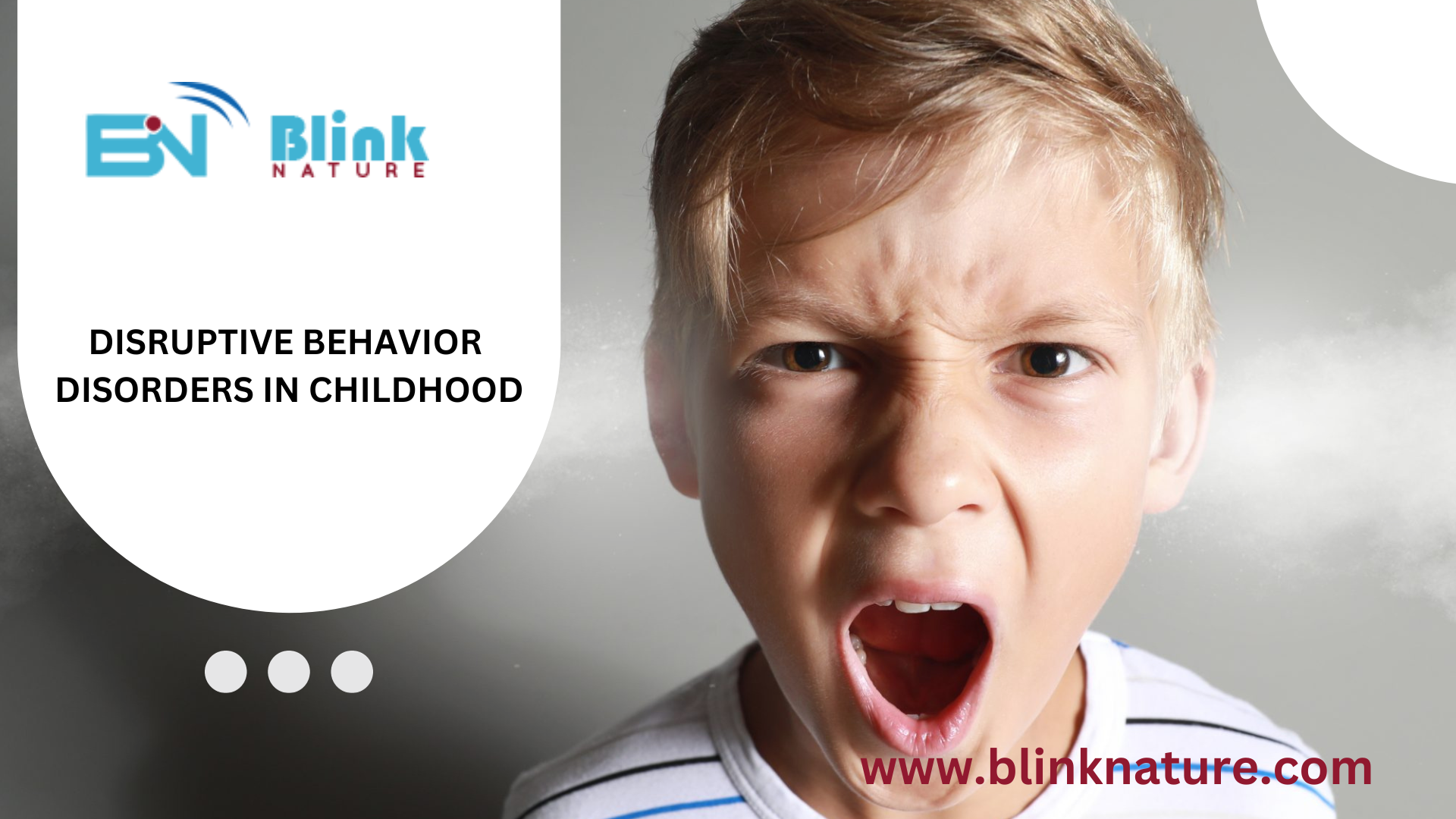
Disruptive behavior disorders or DBD can severely impact a child’s daily life. Children with this disorder exhibit ongoing patterns of defiant and uncooperative behavior. Their response to authority figures usually ranges from indifference to hostility. Their behavior frequently affects those around them, including peers, family members, and teachers.
This article discusses disruptive behavior disorders in detail. Please read the disruptive behavior disorders article to be aware of more facts about the same.
Disruptive behavior disorders are a cluster of behavioral issues called “disruptive” since affected children disrupt the activities and people around them (including at school, home, and peers). Disruptive behavior disorder can be differentiated into subtypes, including conduct disorder (CD) and oppositional defiant disorder (ODD).
These can often be seen in school-aged and preschool children. Most children, especially toddlers, commonly display low-intensity ‘naughty behavior‘ like losing their temper and damaging items. However, when a child shows complicated behavior such as prolonged tantrums and severe outbursts that become immensely challenging for caregivers to handle and is not typical for the age, and development of the child, then they could be considered to have a DBD or disruptive behavior disorders.
The difference between conduct disorder and oppositional defiant disorder is in the severity of the symptoms. They can lie on a continuum, usually with a developmental progression from oppositional defiant disorder to conduct disorder with increasing rage.
Please read further to know the different types, symptoms, causes, and treatments for disruptive behavior disorders.
Oppositional defiant disorder or ODD refers to a recurrent pattern of rebellious, harmful, hostile, and disobedient behavior toward authority figures persisting for at least six months. Children with the ODD or oppositional defiant disorder show a persistent pattern of arguments, disobedience, and angry outbursts. While this behavior is commonly directed at authority figures, like teachers and parents, it can target classmates, siblings, and other children.
To be diagnosed with the oppositional defiant disorder, four or more of the following symptoms must be present in the child:
Disruptive behavior disorders behaviors must be displayed more frequently than in other children their age. They must lead to significant impairment in the academic, social, or occupational functioning of the child to warrant a diagnosis.
Conduct disorder or CD is a far more severe condition that may involve cruelty or aggression towards people and animals and other violent behaviors and lead to criminal activity. It may also include destruction of property, stealing, skipping school, repeatedly running away from home, and lying.
These behaviors associated with conduct disorder are usually described as delinquency. Children displaying such behaviors must receive a comprehensive evaluation.
Research on this disorder has highlighted a complex range of biological and psychosocial factors that influence the development of disruptive behavior disorders.
Research has found that the family environment and parental factors can play a role in disruptive behavior disorders. For example, a child is more prone to develop disruptive behavior disorder if they have repeatedly witnessed instances of domestic abuse.
Research has highlighted various biological factors associated with a disruptive behavior disorder. Those with the symptoms of disruptive behavior disorder can have higher testosterone levels related to an increase in aggression in children. Research also suggests that there can be genetic associations with DBD since those whose parents exhibit aggressive and antisocial behavior are more prone to act similarly.
Like several other psychological conditions, those diagnosed with disruptive behavior disorder can also show symptoms related to a range of psychiatric disorders, including ADHD (attention deficit hyperactivity disorder), Depression, and Learning disorders.
For some children with a disruptive behavior disorder, increased aggression levels can be linked to neurological damage caused by traumatic brain injury or seizures. Additionally, a growing body of research highlights structural differences in the brain of children with attention deficit hyperactivity disorder.
Several treatment options target the individual’s behavior and environment. Mental health experts usually prescribe anger management to enable the child to help deal with periods of anger and prevent it from causing outbursts of aggression.
Mental health professionals use parent management training to teach caregivers techniques to reward positive behavior.
Patients can also use drug treatments to manage symptoms from other comorbid psychiatric disorders, such as mood stabilizers for conditions like bipolar and selective serotonin reuptake inhibitors for depression symptoms.